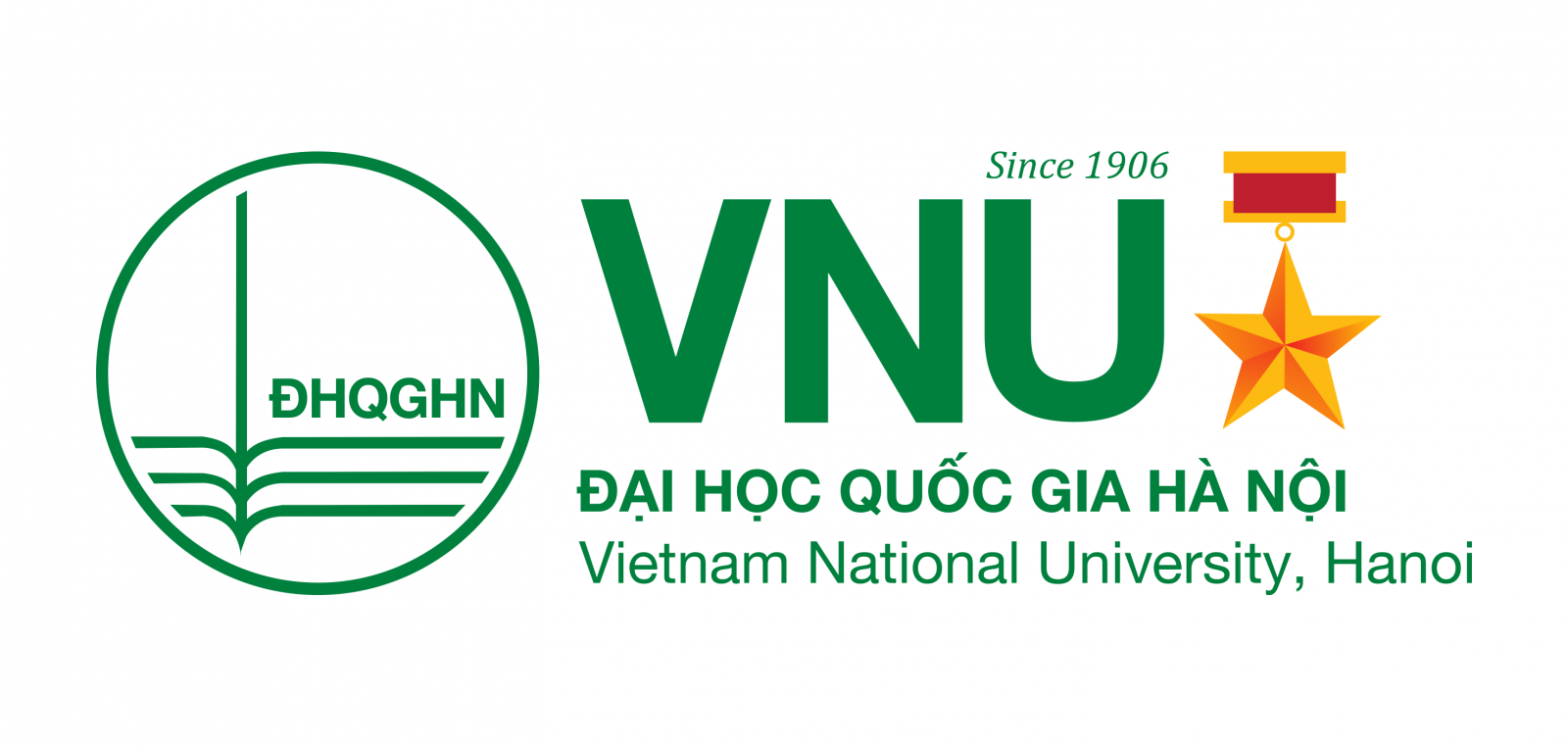
La Duc Duong
Biography
Prof. Duong Duc La works at the Institute of Chemistry and Materials (Hanoi). Prof. Duong Duc La obtained his MSc degree in Nanotechnology of hybrid materials for superhydrophobic surface and hydrogen sensing at HanYang University (Korea) in 2010 and PhD degree in February 2018 at RMIT University (Australia) in the group of Dr. Sheshanath Bhosale. Now, he is working at Institute of Chemistry and Materials. Prof. Duong Duc La has expertise in the fields of nanotechnology, graphene materials, catalysis, sensing, adsorption, and self-assembly. So far, Prof. Duong La has published 6 book chapters and 148 high-impact journal articles to his credit, with more than 3900 citations and an h-index of 34.
The material-energy nexus in the Anthropocene
The 21st century marks a profound turning point in humanity’s relationship with material resources and the environment. Industrialization, urbanization, and population growth have exponentially increased the demand for construction materials, synthetic chemicals, metals, and energy. However, the production and consumption of traditional materials, such as cement, steel, plastics, and fossil-derived chemicals, are among the largest contributors to global greenhouse gas (GHG) emissions, environmental pollution, and ecological degradation.
The material-energy nexus has therefore become a strategic domain for climate action and environmental sustainability. In response, developing and deploying eco-friendly materials and low-carbon technologies (LCTs) have emerged as central pillars in the transition toward a climate-resilient, resource-efficient, and decarbonized economy.
Defining eco-friendly and low-carbon innovations
Eco-friendly materials are materials whose extraction, processing, usage, and disposal exert minimal adverse impact on the environment and human health. They are often renewable, biodegradable, recyclable, non-toxic, and sourced with minimal ecological disruption. Examples include bio-based polymers, natural fiber composites, recycled aggregates, green concrete, and low-impact building materials.
Low-carbon technologies, meanwhile, refer to innovations that directly or indirectly reduce GHG emissions across the entire value chain. These may include:
- Renewable energy systems (solar PV, wind turbines, geothermal);
- Energy storage technologies (batteries, hydrogen fuel cells);
- Advanced manufacturing and green chemistry;
- Carbon capture, utilization, and storage (CCUS);
- Smart materials and passive design technologies in buildings;
- Lifecycle optimization and materials substitution strategies.
The convergence of materials science, energy systems engineering, and environmental innovation offers unprecedented opportunities to redefine how we produce, consume, and recycle.
Global imperatives and innovation landscape
The urgency to develop and adopt eco-materials and LCTs is underscored by global policy frameworks such as the Paris Agreement, the EU Green Deal, the UN Sustainable Development Goals (SDGs), and national Net-Zero commitments. These frameworks have catalyzed:
- Massive investments in clean tech and green industrial transformation;
- Regulatory mechanisms such as carbon taxes, eco-design directives, and green procurement.
- New business models based on circularity, product-service systems, and eco-labeling.
However, challenges persist: high initial costs, scalability constraints, insufficient infrastructure, lack of skilled workforce, and weak integration into national industrial strategies.
Vietnam’s transition: Opportunities and barriers
As a rapidly developing economy with ambitious Net-Zero targets by 2050, Vietnam faces unique opportunities and constraints. The country’s construction boom, manufacturing expansion, and rising consumption patterns drive emissions and leverage points for material innovation. Key areas of potential include:
- Substitution of traditional construction materials with green concrete, fly ash-based bricks, and bamboo composites;
- Localization of clean energy equipment manufacturing (solar panels, heat pumps, inverters);
- Deployment of energy-efficient industrial technologies in textiles, ceramics, and metallurgy;
- Adoption of eco-design and sustainable packaging in consumer goods.
Yet, barriers such as limited R&D funding, lack of technical standards, and fragmented policy implementation still hinder widespread adoption. Strengthening science-industry-policy linkages is critical to unlocking Vietnam’s green industrial transformation.
Objectives of the Session
The “Eco-friendly Materials and Low Carbon Technologies” session of the International Conference on Green Transformation 2024 provides a cross-cutting platform to:
- Present emerging research and pilot projects on sustainable materials and clean technologies;
- Evaluate the life cycle performance, emission profiles, and cost-effectiveness of eco-materials;
- Explore enabling policy frameworks, innovation ecosystems, and green industrial policies;
- Identify synergies between circular economy, green infrastructure, and decarbonization strategies.
- Foster collaboration among material scientists, engineers, entrepreneurs, and policymakers.
The session adopts a transdisciplinary perspective, acknowledging that technological innovation must be contextualized within socio-economic systems and environmental thresholds.
Toward a climate-compatible industrial future
Ultimately, this session aims to catalyze a shift from extractive and polluting industrial practices to regenerative and climate-compatible systems. Eco-friendly materials and low-carbon technologies are not merely technical fixes but strategic enablers of a new development paradigm, where environmental integrity, economic competitiveness, and social well-being are harmonized.
By showcasing practical innovations and systemic approaches, this session builds the scientific and institutional foundations for a zero-carbon, resource-resilient, and technologically empowered future.


